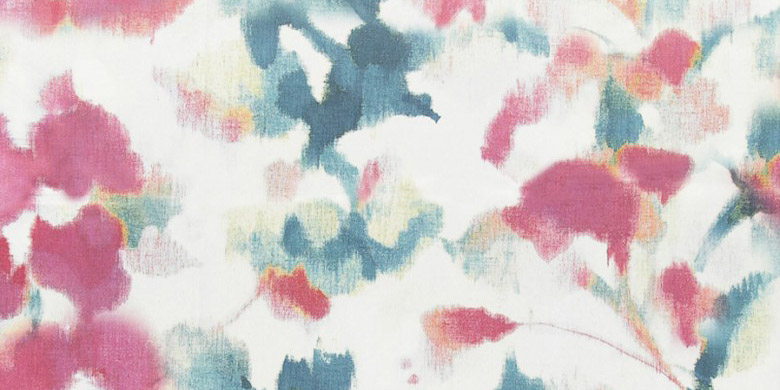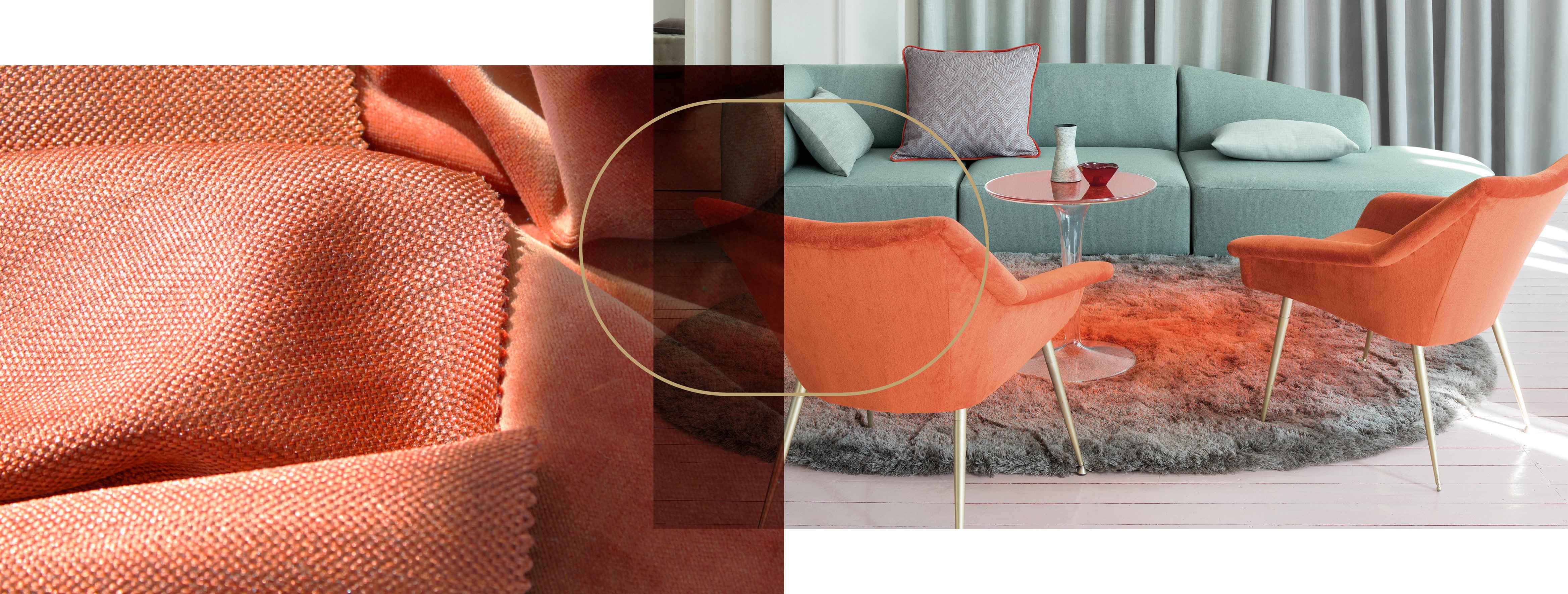It was Madame de Pompadour, the royal fashionista of her time, who made the silk warp printing popular.
You can still see the blurred line patterns in vague pastels on silk bodices and petticoat skirts in fashion museums.
The style was also called Pompadour taffeta or chiné à la branche. Chiné, because the origins of this technique lie in the Indonesian ikat, where the warp threads are printed before the weaving.
What is the warp and weft of a fabric anyway?
Warp and weft are the fundamental components used in weaving yarns into a fabric. Warp yarns run length-ways, and are held in tension to draw the weft yarns through.
In the silk warp printing technique, the design is printed directly onto the silk warp yarns, which are held together by temporary cotton weft binding.
The cotton binding is then removed and the fabric rewoven with a silk weft blurring the printed design to give an effect as though it had been painted in watercolours.
Inspired by the fabric of history
This handcrafted technique virutally disappeared in the decades since the 1700s because of time and cost, but through modern printing techniques it still remains an inspiration for contemporary fashion and fabric collections.... just like our “Uma" design.


.jpg)
.jpg)



